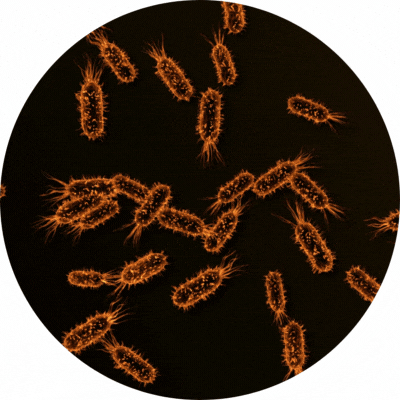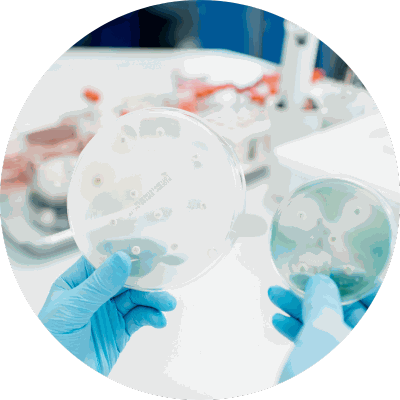New information on how waste eating bacteria can digest complex carbons and may aid against plastic pollution
April 29, 2023 | Microbiology Lab
In a new study, the common environmental bacterium, Comamonas testosteroni, was found to potentially become nature’s plastic recycling center, following the determination of its ability to digest what is indigestible.
Contrary to most bacteria preferring sugars as their food source, C. testosteroni was observed to have a natural appetite for complex waste from plants and plastics. Commonly found in soil and water, scientist discovered that these bacteria not only has the natural ability to digest synthetic material like laundry detergents but are also capable of breaking down compounds from plastic and lignin.
Such findings are drawn from the study at Northwestern University led by Professor Ludmilla Aristilde, Ph.D., who believes that bacteria with natural abilities to digest plastics hold more promise in large-scale recycling in the future.
“We found that the metabolism of C. testosteroni is regulated on different levels, and those levels are integrated. The power of microbiology is amazing and could play an important role in establishing a circular economy.”, says Aristilde.
To study how C. testosteroni degrades complex forms of carbon, the team looked into multiple forms of “omics”-based analysis, that is:
transcriptomics (study of RNA molecules)
proteomics (study of proteins)
metabolomics (study of metabolites)
fluxomics (study of metabolic reactions)
Aristilde and the team mapped the metabolic pathways that the bacteria use to break down plastic and lignin compounds into carbons for food, to examine the relationship among their analysis.
Their findings include the discovery of the bacteria first degrade the ring of carbons in each compound which allows them to continue degrading the rest of the compound into shorter fragments.
“We started with a plastic or lignin compound that has seven or eight carbons linked together through a core six-carbon circular shape forming the so-called benzene ring,” Aristilde explained. “Then, they break that apart into shorter chains that have three or four carbons. In the process, the bacteria feed those broken-down products into their natural metabolism, so they can make amino acids or DNA to help them grow.”
Finally, Aristilde also discovered that the bacteria can direct carbon through various metabolic routes which lead to useful by-products that may be used for industrially relevant polymers.
At present, their research is focused on investigating further the metabolism that triggers polymer biosynthesis in C. testosteroni.

